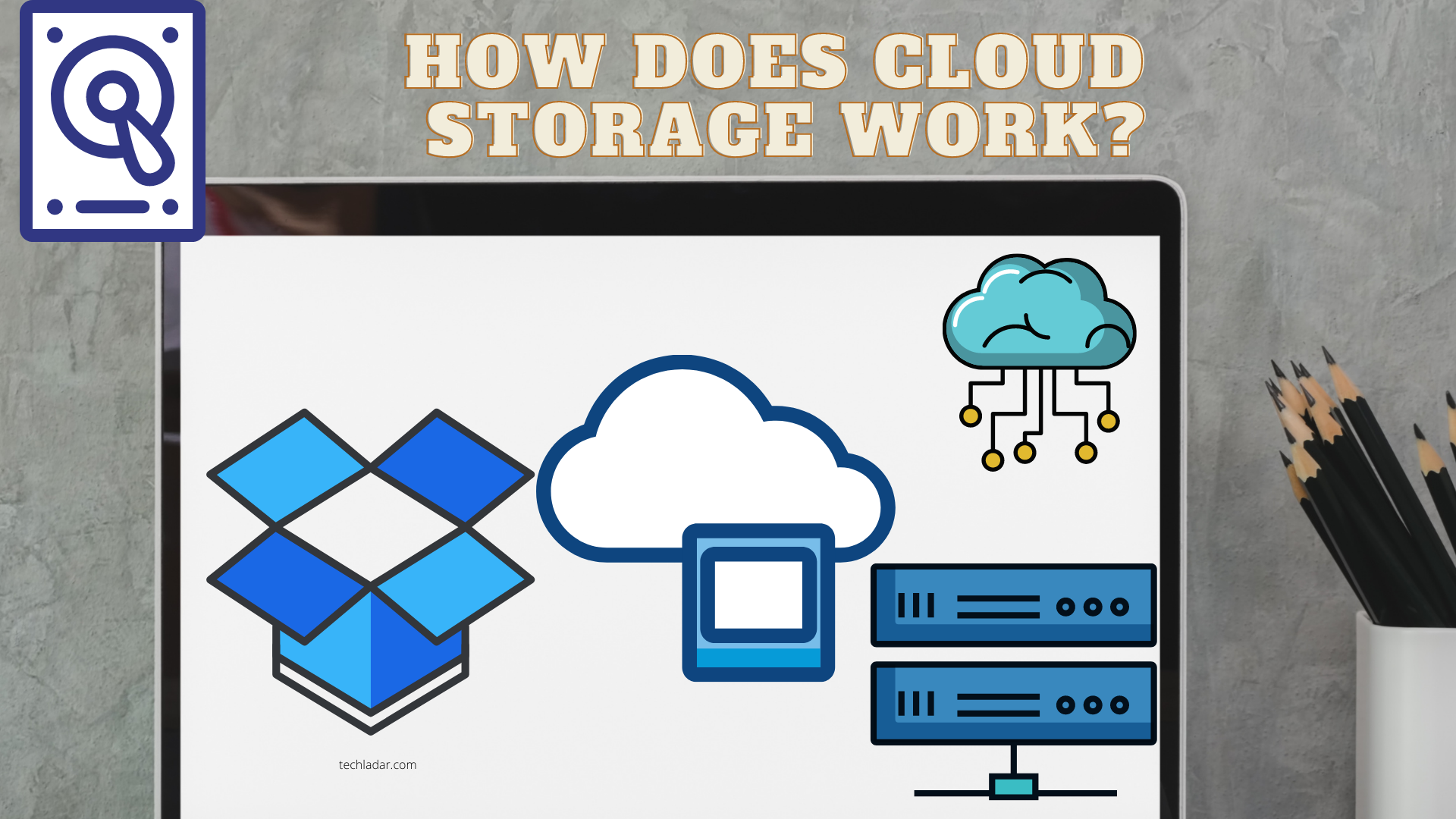Cloud Storage: How Does Cloud Storage Work?
Floppy disks, CDs, DVDs, USB sticks, external hard drives: Over the years, computers and their performance, as well as the types and capacities of external storage media have changed significantly.
Cloud Backup also provides a storage solution that doesn’t require your own hardware to store and recover photos, videos or documents outside your system. With cloud storage, you typically use hardware resources from online storage providers along with the appropriate IT infrastructure.

What is Cloud Backup?
Cloud storage is a storage space available to users on a network (usually the Internet). This memory is not on your own device, but on one or more external servers. In most cases, these are servers from special providers that provide storage space partly for free, partly for monthly or yearly amounts paid over the Internet. This service model, which allows you to regulate the volume and cost of purchased storage resources at any time, is also known as public cloud storage.
An alternative is the so-called private cloud storage, which resides on a server on a private network (usually a corporate network) and can only be accessed by users on that network. In this case, the operator (either the company itself or a third party) has full control over the storage, but is also responsible for the necessary
hardware and management. Hybrid cloud storage is the third variant in which a private internal cloud backup solution is connected to external online storage. This is especially interesting for companies that need internal storage space for sensitive data on the one hand and easily scalable and publicly available features on the other.
How does cloud storage work?
Regardless of the type of cloud storage, the principle of operation is that storage service providers (internal or external) provide an IT infrastructure that allows flexible and secure management of their desired servers. These servers do not function as standalone systems
as part of the cloud storage services provided, but they function as groups. For this, the disk space (along with other components like memory or CPU) is virtualized using a hypervisor. These layers of abstraction mediate between the physical hardware and the virtual environment and are also known as Virtual Machine Monitors (VMMs).
Cloud Storage Benefits
Cloud file storage can be useful for a number of reasons. One of the most important advantages of this storage solution is that you don’t have to buy and manage hardware. If you don’t choose an internal cloud solution, the provider is responsible for the entire
underlying infrastructure. If you use cloud storage to back up your data, outsourcing your resources has the added benefit of not having the original and backup copies in the same location. This prevents total data loss due to fire or theft. Other benefits of cloud storage include:
Flexibility: Lease cloud storage space when needed and cancel when no longer needed. However, if you rely on your own hardware, it can’t be easily removed if you ultimately need less storage space.
Scalability: Storage environment virtualization allows you to choose the right storage volume, and you can adjust it anytime you need more or less space.
Availability: Public cloud storage is available on any device anytime, anywhere as long as you have an internet connection. So its easy to access your files on the go.
